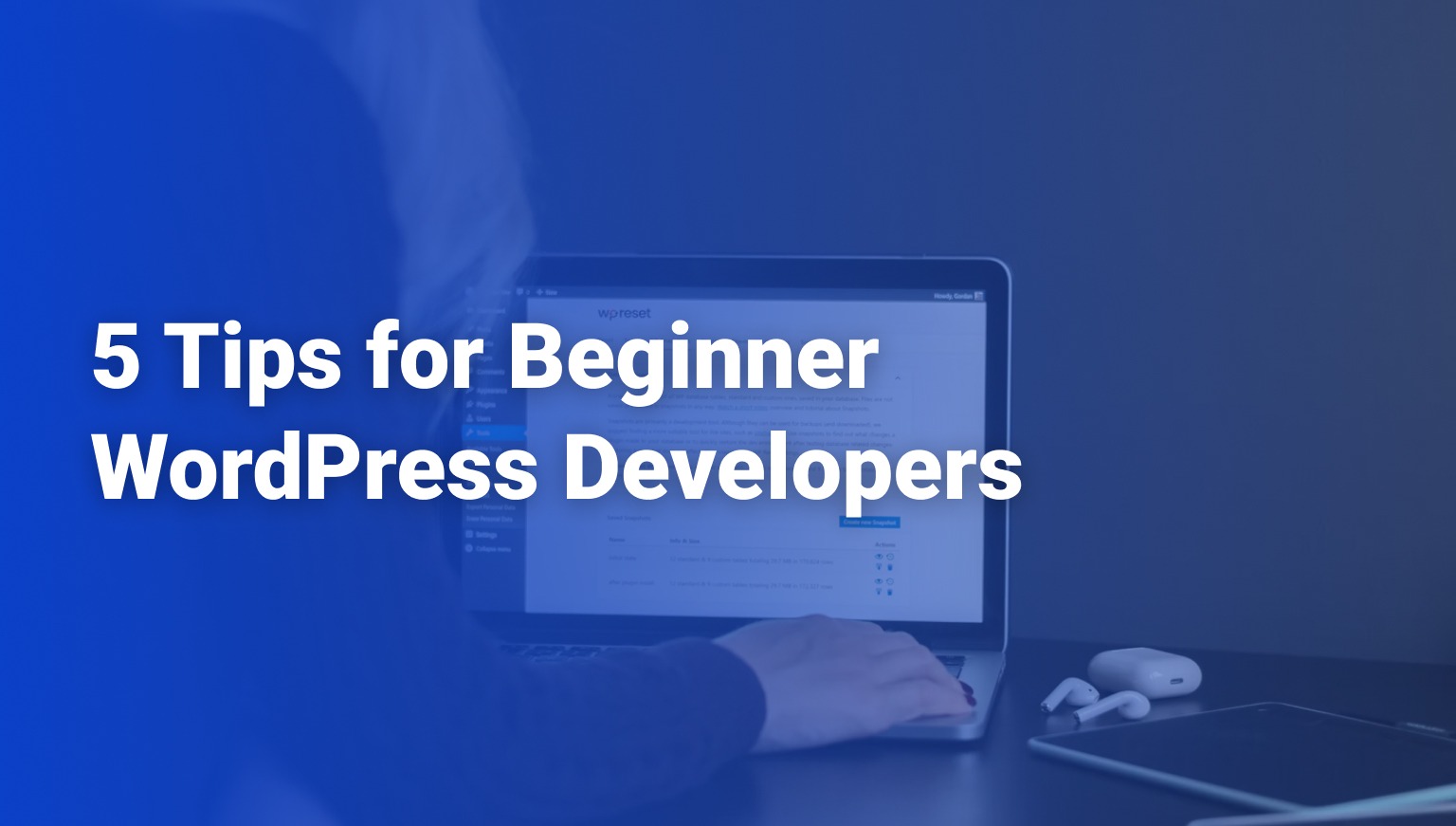

WordPress is a great platform to pick up if you’re a rookie in web development because it requires little technical knowledge and allows you to create versatile sites. In fact, it powers 42% of all websites around the world. And 14% of the top 100 websites are powered by WordPress. You have the freedom to build blogs, business sites, e-commerce platforms, portfolios, online courses, affiliate programs, nonprofits, and much more.
To help you out, we’ve compiled a list of 5 tips to get you started on crafting the perfect website for your personal purpose.
Tinker with the basic languages
Some of the most vital languages include PHP, HTML, CSS, and JavaScript. Fortunately, you’ll most likely only need to focus on HTML and CSS. These are more beginner-friendly and easy to understand.
Even so, they open a wide array of projects for you to create. You’ll find plenty of free tutorials, learning tools, as well as starter codes on the internet.
WordPress also provides resources, such as the WordPress Codex and the Make WordPress website, where you can find contributions from developers, designers, translators, testers, and many others.
Choose a fitting WordPress theme
For complete beginners who aren’t ready to start from scratch, feel free to learn the ropes by using an existing theme and altering it according to your preferences and needs. There are hundreds of customizable themes that cater to different needs, like ones for online shopping, healthcare, businesses, and anything else under the sun.
Another tip for beginners is to avoid choosing themes based solely on price or appearance. Try to factor in content features, plugin availability, responsiveness, and compatibility with different browsers.
Utilize widgets
Widgets are a great way to link out to your social media accounts, playlists, or recent posts. The 5.8 version of WordPress has a new feature where you can now add custom HTML blocks within a column to showcase differing messages at certain times of the day or integrate a search bar within a block, so it sits in the center of an image rather than above it.
Overall, installing widgets is a great way to perk up readers’ interest, encourage them to interact with your website, and organize different functions.
Don’t overload on plugins
A plugin is a piece of software that can add functionality to your website. Users who don’t know much about coding can use these to add features to their websites, such as security, mailing lists, search engine optimization, and many others.
However, experienced developers advise against overloading your site with plugins. This is bad for both the WordPress site and any computer’s power integrity because too many plugins will mean an increase in CPU usage. Additionally, users could leave your site earlier if the loading is too slow.
To reduce CPU usage, it’s best to remove overlapping plugins, uninstall them according to developer guidelines, and clean the database often.
Finally, never forget to test changes, updates, and releases on a development site before implementing them on your live site. Your development site is basically a dummy copy of your website that can live on a subdomain with the purpose of trying design changes.
On this site, you can test out new templates, plugin updates, and test out linking and SEO optimization.
Some of the most recommended tests you should do before releasing your website are browser, responsive design, speed, broken link, and readability testing. These ensure that your alterations work smoothly before you release the new version of your site.
With these tips, you can build a more personalized, functional, and accessible website. If you’re interested in learning about other platforms, check out our feature on developing a website in Bootstrap, or drop by our site for more articles.
